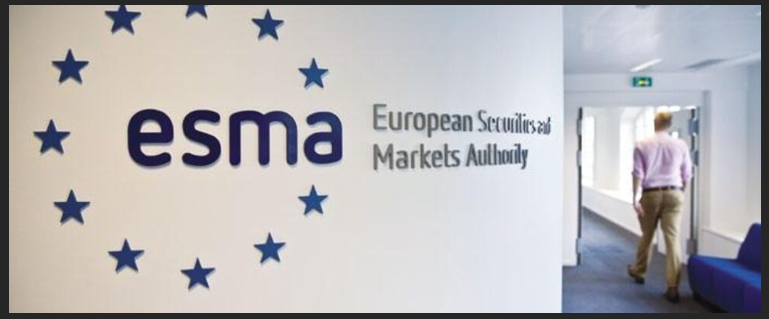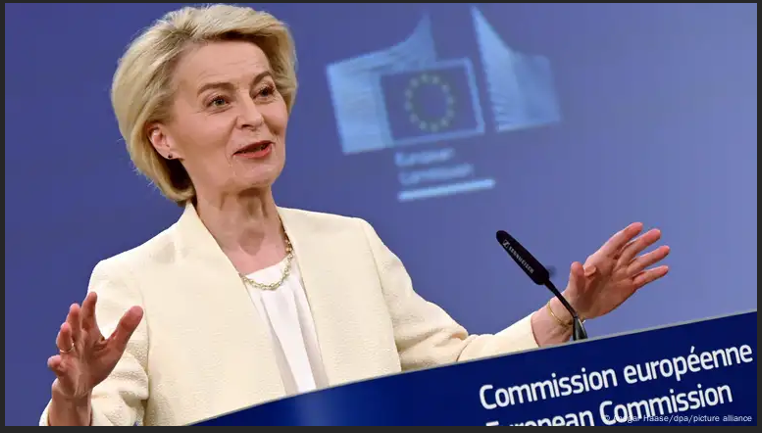The European Union is progressing towards empowering the European Securities and Markets Authority (ESMA) with enlarged supervisory powers over cryptocurrencies and conventional markets.
One of the key points of the proposal is to have a centralised crypto regulatory system in the European Union. The proposal aims to eliminate the individualised national strategy for dealing with crypto and stock exchanges and the like, and to place everything under one roof.
The EU is trying to make a powerful regulator similar to the US by joining the different jurisdictions together. This comes after the worries about the lack of regulation that has permitted companies to take advantage of the various national laws across Europe that are not so strict.

EU plans to give ESMA more power over crypto markets.
How Could Centralisation Rival The US Model?
This step is, in fact, a reflection of what the US Securities and Exchange Commission does. In Europe, the supervision of crypto exchanges by ESMA will lead to a situation where there will be one framework for the monitoring of both stock and crypto exchanges.
It will be a common point for transparency, investor protection, and risk management to be enhanced across markets. The European Commission is of the view that a single supervisory authority may turn Europe into an investment and innovation hub.
Moreover, by eliminating the inconsistencies and duplications, it not only supports but also furthers the European Union’s goal of deepening the integration of its capital market.
Central Oversight Aims To Strengthen EU Market Stability
The enlarged responsibility of ESMA is in line with the EU’s ambition to bolster the financial markets’ resilience. The centralisation of the authority would make it much easier to secure licenses, hence allowing the banks and other financial institutions to operate smoothly within the whole area of the union.
France, Italy, and Austria have been very vocal in their strong backing of the idea of giving ESMA a wider role. They contend that it will prevent loopholes from being created through which companies can escape stringent control.
If things go as planned, ESMA will be able to rule on conflicts that involve clearing houses, asset managers, and exchanges that span across borders, thus providing a single point of authority for decision-making of both stock and crypto markets.

ESMA’s expanded role aims to strengthen and simplify EU financial markets.
Which Countries Are Opposing The Plan?
A complete transformation is not being embraced by all. The small countries that are part of the EU are still not sure about the move. The Minister of Finance of Luxembourg has expressed this opinion, saying that a completely centralised form could be “ineffective” and he prefers to go on with the slow reform instead.
These issues may make it hard to reach an agreement and may also create a longer timeline for the regulation of EU stock exchanges in 2025. The smaller countries worry that they will lose their competitive edge as the decision-making process will be located at ESMA’s headquarters in Paris.
Despite this, the supporters are of the view that the centralised structure would bring about uniformity and thereby increase the investor’s confidence in the European markets would be increased.
When Will The ESMA Oversight Proposal Be Implemented?
The European Commission envisages coming up with the draft proposal by December 2025. The legislative process is likely to take a long time, extending well into 2026 before it turns into law.
Aftre being adopted, ESMA will have the power to supervise trading venues, clearing houses and digital asset exchanges allover the EU. With the newly acquired powers, ESMA will also be able to take the lead over cross-border disputes.
Thereby ensuring that the enforcement in the EU is under the centralised crypto regulation harmonised. Industry players are looking forward to seeing the changes as they will modernise the European financial infrastructure and also make Europe a competitor in the global market.

The EU draft proposal arrives in December 2025, with approval expected in 2026.
What Does This Mean For Investors And Businesses?
Apart from that, the ESMA overseeing of crypto exchanges will ensure stronger protections for investors and there will be no differences in confidence between countries. Licensing will be easier, and rules will be the same for businesses operating in more than one oversight.
The harmonized regulatory landscape will also prevent regulatory arbitrage, thus, trust in the EU’s markets will be enhanced. On the contrary, firms in countries opposed to centralisation might incur extra costs related to adjustments to the new supervision. In sum, this reform reflects the aspiration of Europe to become one of the global financial hubs through the unifying of market supervision and investor protection.
Also Read: The Institutional Inflection Point: How Wall Street’s Blockchain Is Reshaping Crypto
FAQs
Q1: What is ESMA crypto exchange oversight?
It is a proposal giving ESMA the authority to consolidate supervision over cryptocurrencies and stock exchanges within the EU framework.
Q2: How will the EU’s centralised crypto regulation benefit the markets?
It will bring down fragmented supervision, bring up transparency, and strengthen investor protection all over the EU member countries.
Q3: What is the timeline for implementation?
A draft law is likely to appear in December 2025, and the legislative process might end with the law being passed in 2026.
Q4: How is this connected to the EU stock exchange regulation 2025?
The two projects will help in building the digital and financial markets under ESMA’s roof, which will be a step towards a more efficient market operation.


